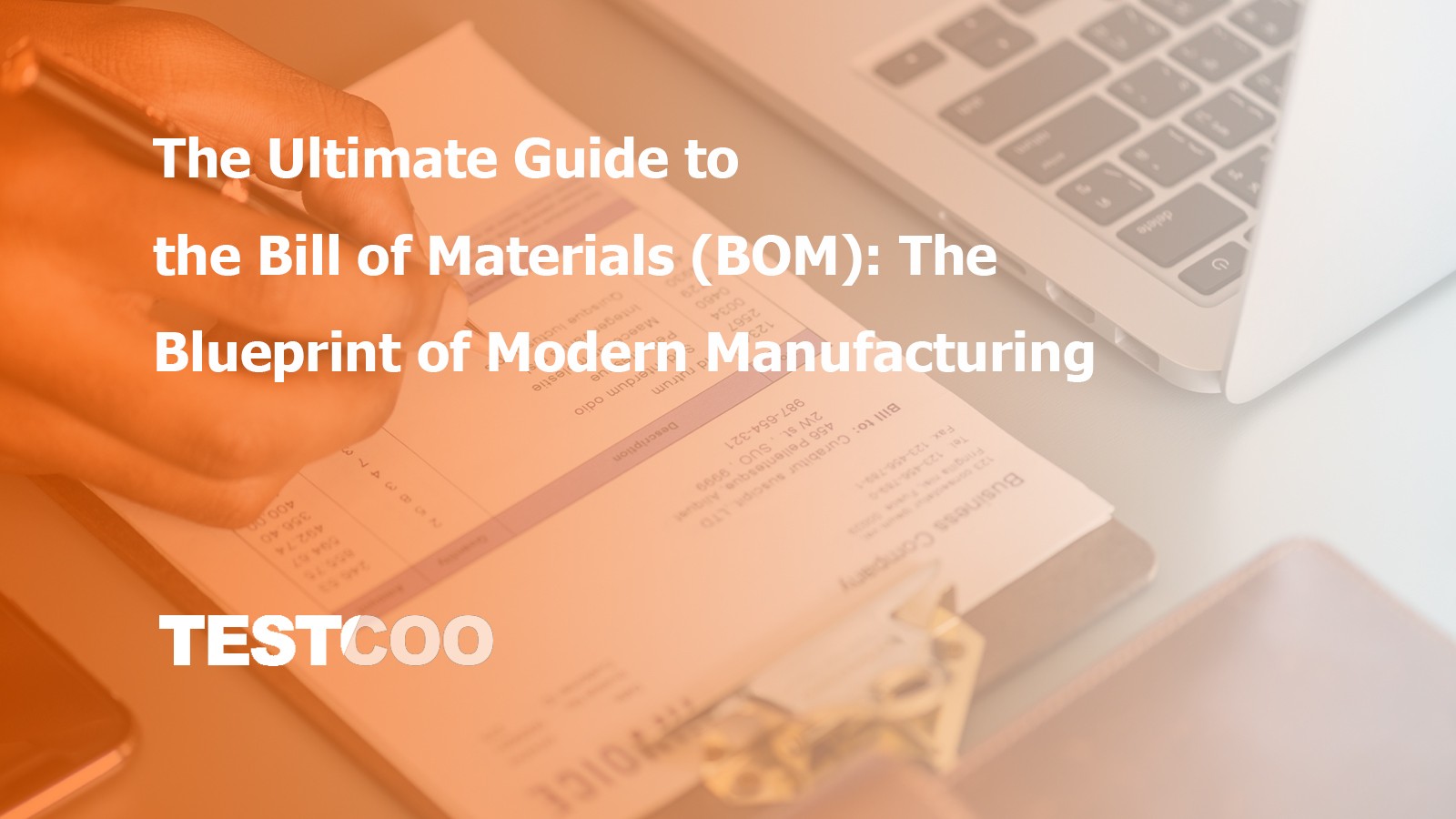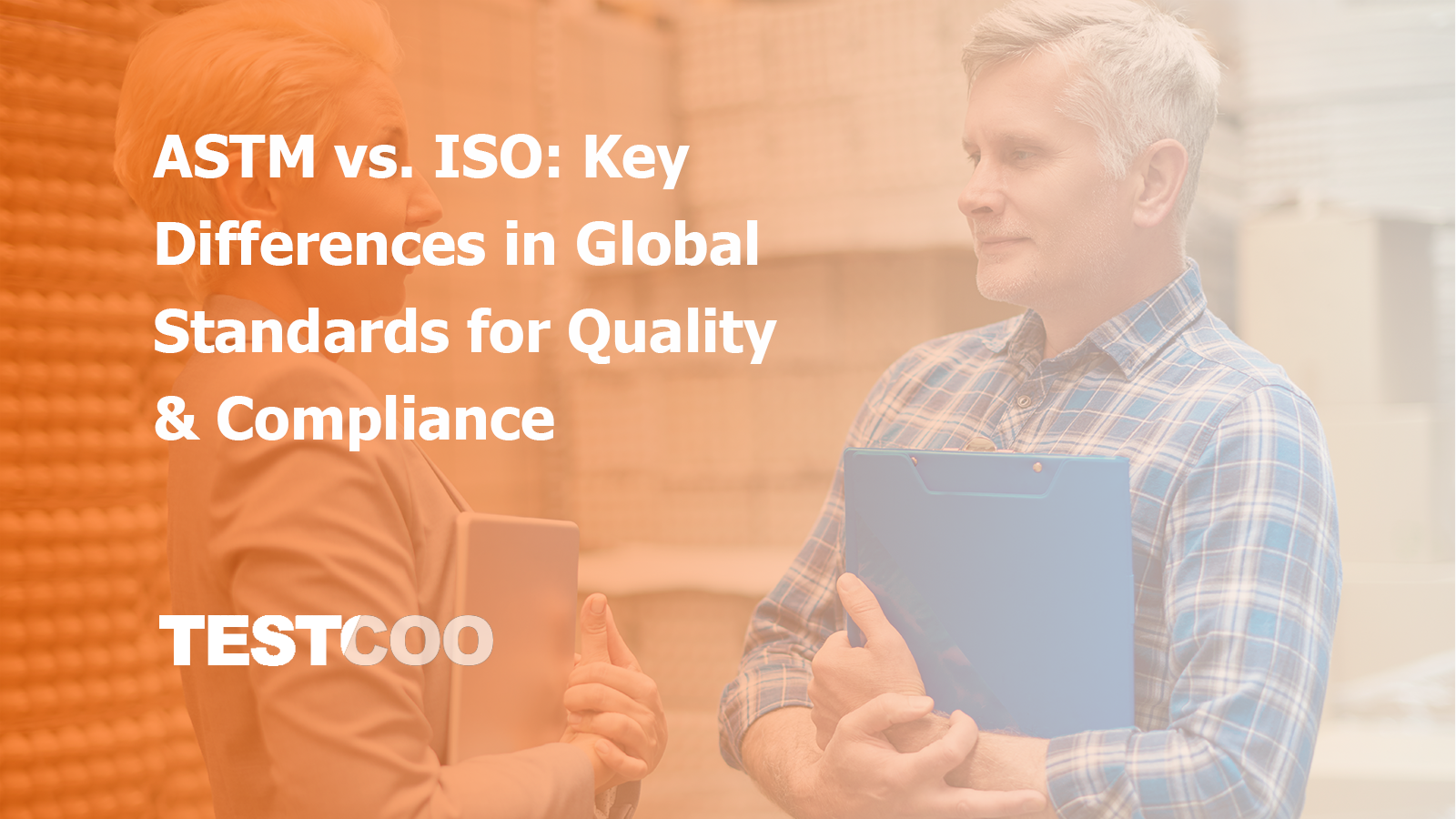Health Canada Publishes New Regulation for Carriages and Strollers
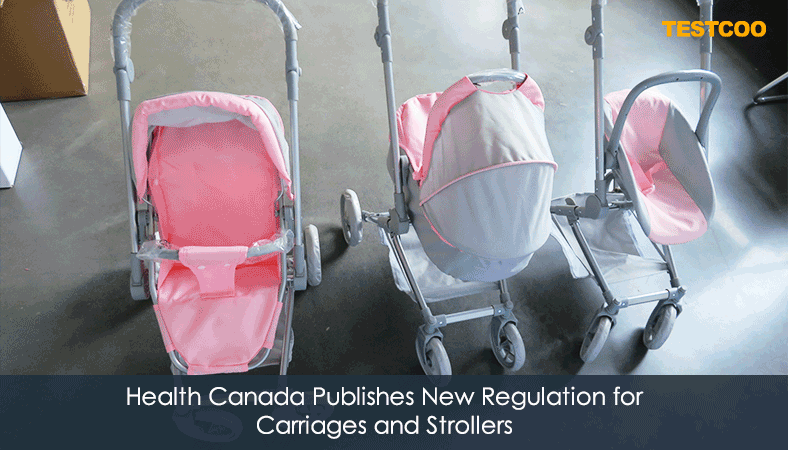
Health Canada has published new regulations for carriages and strollers, SOR/2023-101. This regulation repeals and replaces SOR/2016-167.
On June 7, 2023, Health Canada published its new Carriages and Strollers Regulations (SOR/2023-101) in the Canada Gazette, Part II. This regulation is aimed at reducing the number of injuries in children. It specifically addresses known hazards, including strangulation and entrapment, and the integrity of car seat attachments.
The new regulations came into effect on June 7, 2023, and they include a transitional provision that allows for the continued manufacturing, importation, advertising and sale of products in Canada that comply with the repealed regulations (SOR/2016-167) for a period of 180 days, starting from June 7, 2023.
The new regulations align with the mechanical requirements in other jurisdictions by referencing international standards through ambulatory incorporation. It also maintains alignment with other Canadian regulations for toxicological, applied coating materials and phthalates requirements.
The new regulations cover the following requirements:
1. Mechanical requirements:
• Carriages and strollers must meet either
-Requirements set out in ASTM F833, except sections 5.3, 5.12, 8 and 9 of that standard, or
-Requirements set out in sections 6.8 and 6.10 of ASTM F833 and those set out in ISO 31110, except sections 6, 7 and 10 of ISO 31110
2. Toxicological requirements
• Carriage or stroller must not contain any of the specified substances in section 3 of the regulations that could, under reasonably foreseeable circumstances, become accessible to a child or, if the substance is used as a filling, could be released on breakage or leakage
• If a carriage or stroller contains a toxic substance, at least one of the specified requirements in section 4 of the regulations must be met
3. Applied coating materials requirements
• A sticker, film or other similar material that can be removed, or a surface coating material that is applied to an accessible part of a carriage or stroller, must not contain:
-More than 90 mg/kg total lead
-Any compound of antimony, arsenic, cadmium, selenium or barium if more than 1000 mg/kg of the compound migrates from the material
-More than 10 mg/kg total mercury
4. Phthalates requirements
• Vinyl in a carriage or stroller must not contain more than 1000 mg/kg of di(2-ethylhexyl) phthalate (DEHP), dibutyl phthalate (DBP) or benzyl butyl phthalate (BBP)
• Vinyl in any part of a carriage or stroller that can, in a reasonably foreseeable manner, be placed in the mouth of a child under four years of age must not contain more than 1000 mg/kg of diisononyl phthalate (DINP), diisodecyl phthalate (DIDP) or di-n-octyl phthalate (DNOP)
5. Information and warning requirements
- • Carriages and strollers must meet the information and warning requirements specified in sections 8 to 17 of the regulations
Testcoo baby products quality inspection service: Baby Products Inspection
The regulations define carriage and stroller as follows:
Carriage - wheeled vehicle that is designed to transport a child in a reclined or horizontal position, and includes a wheeled vehicle that is designed to be converted to function as a carriage and has been so converted
Stroller - wheeled vehicle that is designed to transport a child in a seated position and includes a wheeled vehicle that is designed to be converted to function as a stroller and has been so converted
Read More: Carriages and Strollers Regulations: SOR/2023-101
Free Sample Report Performance Quality Control
Download a sample report to keep control of your supply chain!
Featured Articles
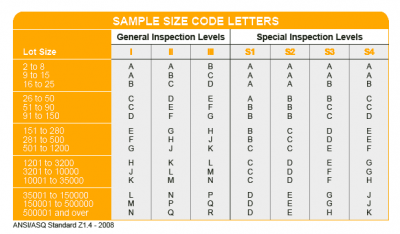 AQL Table | How to Read It
AQL Table | How to Read It TOP 10 Common Defects in Garments Quality Inspection
TOP 10 Common Defects in Garments Quality Inspection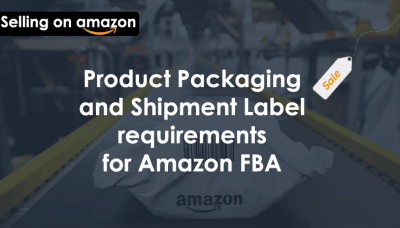 Product Packaging and Shipment Label requirements for Amazon FBA
Product Packaging and Shipment Label requirements for Amazon FBA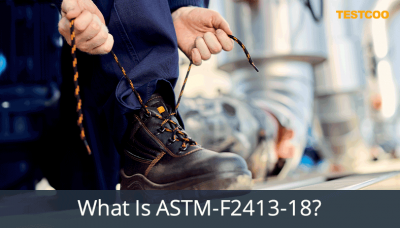 What Is ASTM-F2413-18? Protective Footwear Standard
What Is ASTM-F2413-18? Protective Footwear Standard How to Conduct Third-Party Quality Control Inspections for Electric Scooters
How to Conduct Third-Party Quality Control Inspections for Electric Scooters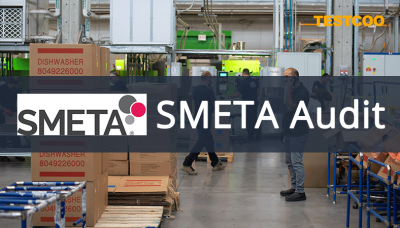 SMETA Audit-What is SMETA Audit?
SMETA Audit-What is SMETA Audit?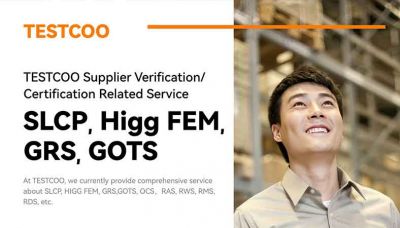 TESTCOO Supplier Verification/Certification Service SLCP, Higg FEM, GRS, GOTS
TESTCOO Supplier Verification/Certification Service SLCP, Higg FEM, GRS, GOTS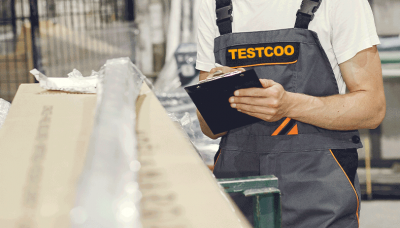 Quality Control Inspection Company in China
Quality Control Inspection Company in China What is Quality Inspection? A Complete Guide
What is Quality Inspection? A Complete Guide Guidelines for Product Inspection in India
Guidelines for Product Inspection in India
Category
- Production Inspection Service
- Factory Audit
- Softline Inspection
- Hardline Inspection
- Electrics Inspection
- Certification
- Checklist
- Manufacturers
- Quality Assurance Basics
- Products Recall
- AQL
- Guidence and Standard
- News
- Supplier Management
- Amazon
- Protective Equipment
- e-commerce quality control
- Indian Manufacturing
- Soft Goods Quality Control
- Supply Chain Management
- Supply Chain Resilience
- E-Commerce Quality Control
- ISO 2859
- Supply Chain Optimization
- Garment Industry
- Higg Index
